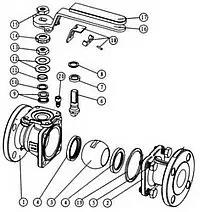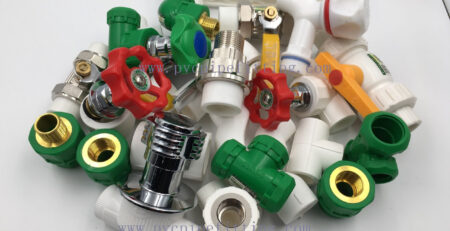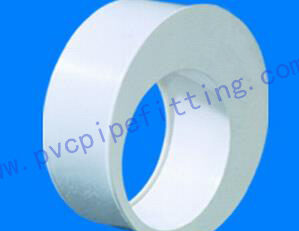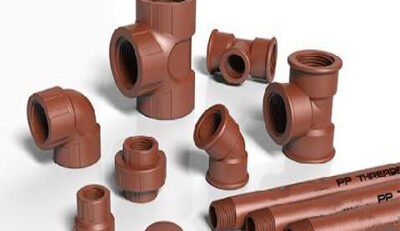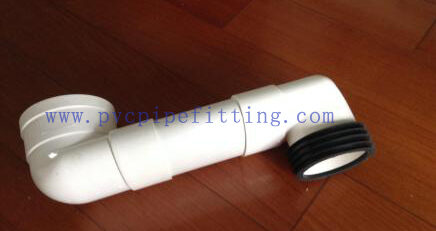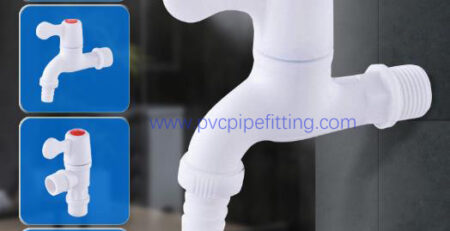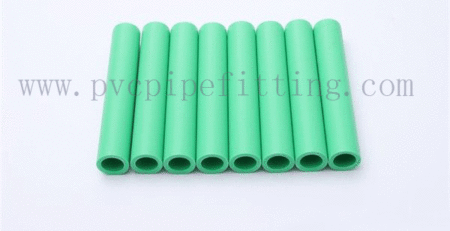How to repair a PVC ball valve
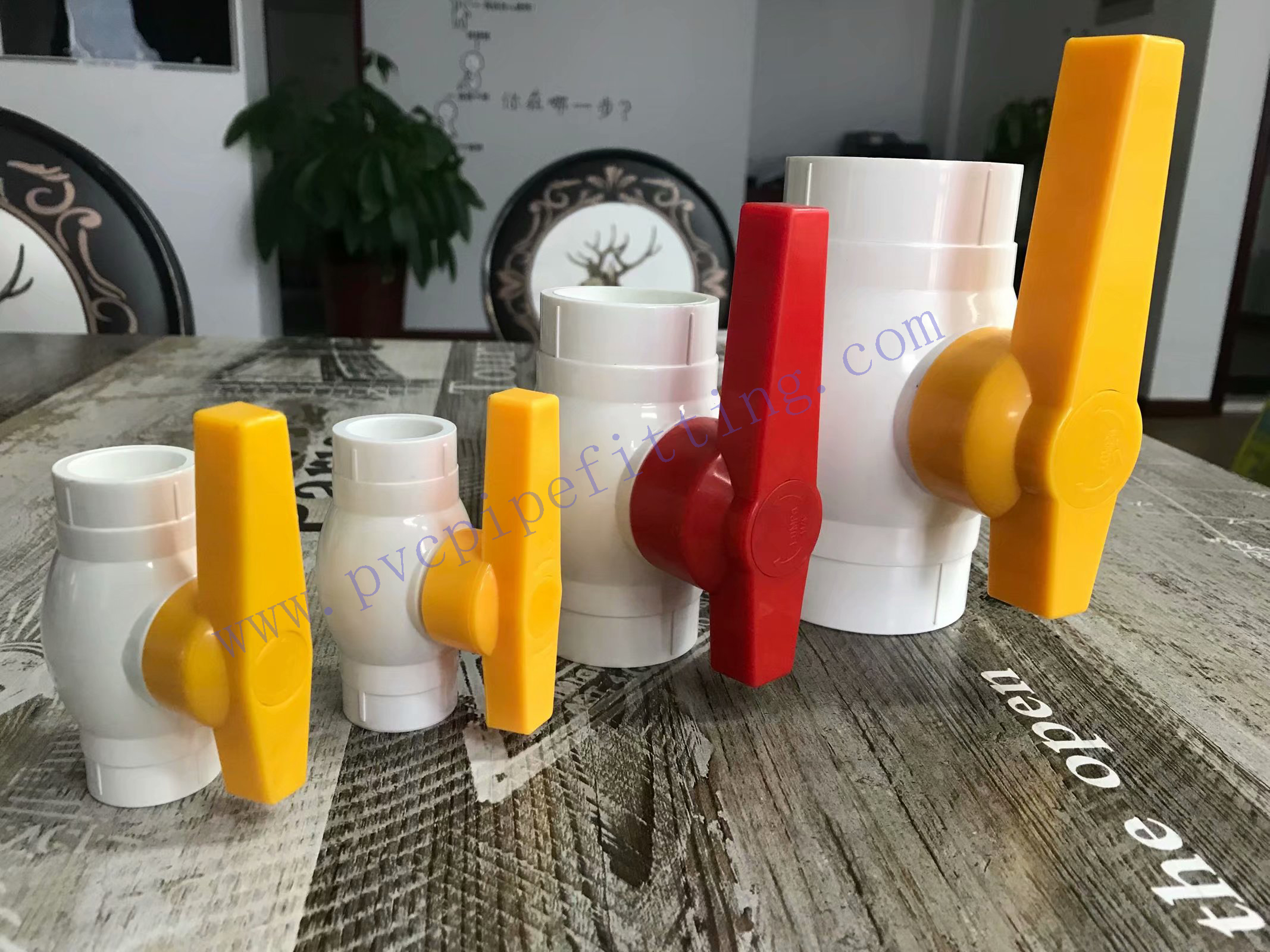
A PVC ball valve is a type of valve that has a spherical disc that controls the flow of water or air through it. A ball valve is a crucial component of the plumbing system as it provides shutoff during seepage times. However, this does not mean that the PVC ball valve is already immune to wear. In fact, there are times when the ball valve becomes loose before the leak gets worse. When it comes to PVC ball valve repair, you just need to know the basics of plumbing and for this particular task, and the skill you will gain from this project will help you rectify other problems you will encounter in your plumbing system. For this DIY project, you will need the following things to get the job done quickly.
Screw
Screwdriver
Allen wrench
Replacement parts
Lubricating oil or petroleum jelly
Dry cloth or sponge
Step 1 – Turn off the water supply
To carry out this task properly, you must disconnect the water supply so that the flow of water does not interrupt your work while you repair your ball valve. Once the valve is closed, empty the excess water into the jug or container and wipe the valve dry with a dry cloth or sponge. Remove the handle that holds the PVC ball valve. You will find that the ball valve is held firmly together with a set of screws, so use an Allen wrench or screwdriver to remove the ball valve.
Step 2 – Remove the ball valve
To evaluate your problem ball valve, disassemble the entire valve and examine each part and check for worn or destroyed parts. You can purchase the replacement kit you need to repair your PVC ball valve from the hardware store. It will also help if you bring the worn part to the hardware with you while you look for the replacement part. Be sure to keep all the bolts and other parts of the ball valve in a safe place so that you can easily put it back in order later.
Disassemble
Keep the PVC ball valve in the half-open position to flush out the dangerous substances that may exist inside and outside the ball valve.
Close the PVC ball valve, remove the bolts and nuts on the flanges on both sides, and completely remove the valve from the pipeline.
Disassemble the drive device-actuator, connecting bracket, lock washer, stem nut, butterfly shrapnel, glam, wear-resistant piece, stem packing in order.
Remove the body cover connecting bolts and nuts, separate the valve cover from the valve body, and remove the valve cover gasket.
Confirm that the valve ball is in the “off” position, which can be easily taken out of the valve body, and then remove the valve seat.
Gently push the valve stem down from the hole in the valve body until it is completely taken out, and then take out the O-ring and packing ring.
Note: Please operate carefully to avoid scratching the surface of the valve stem and the packing seal of the valve.
Step 3 – Replace the worn parts of the ball valve
Once you have located the worn part of the ball valve, make sure you have the exact replacement and replace the damaged part. Before reassembling everything, apply petroleum jelly or lubricating oil to the valve to make it easy to replace the parts without any problems. Putting the pieces together and putting everything in order is very easy. All you have to do is reverse what you did while disassembling the valve. Secure the parts with the screw before testing the ball valve for any leaks by turning on the mainline of your plumbing system. Then check if the PVC ball valve is still leaking.
Step 4 Reassemble
Clean and inspect the parts under investigation. It is strongly recommended to replace the seat and bonnet gaskets and seals with spare parts kits.
Reverse the order of disassembly and assembly.
Use the specified torque to tighten the flange bolts crosswise.
Tighten the nut with the specified torque.
After installing the actuator, rotate the valve stem to drive the spool to rotate the corresponding input signal to make the valve open and close.
If possible, after installing the pipeline, test the sealing pressure and performance of the valve according to the standard


